When I reviewed the Nikon Z9, the camera giant's new flagship camera, I was majorly impressed with its performance across the board. From its AF speed and accuracy, to its power under the hood for high-speed sequences and electronic-only shutter, it fully deserved its five-star rating. But one thing I didn't do was take it for a spin in the challenging confines of a velodrome.
Luckily, that opportunity recently came up, and it was one I couldn't turn down. Not just because I'd get to shoot with the Z9 again – a camera Nikon believes is its most powerful yet – but also because I'd get to see how its autofocus handled cyclists burning around London's Olympic Velodrome, plus break-dancers and BMX tricksters, too.
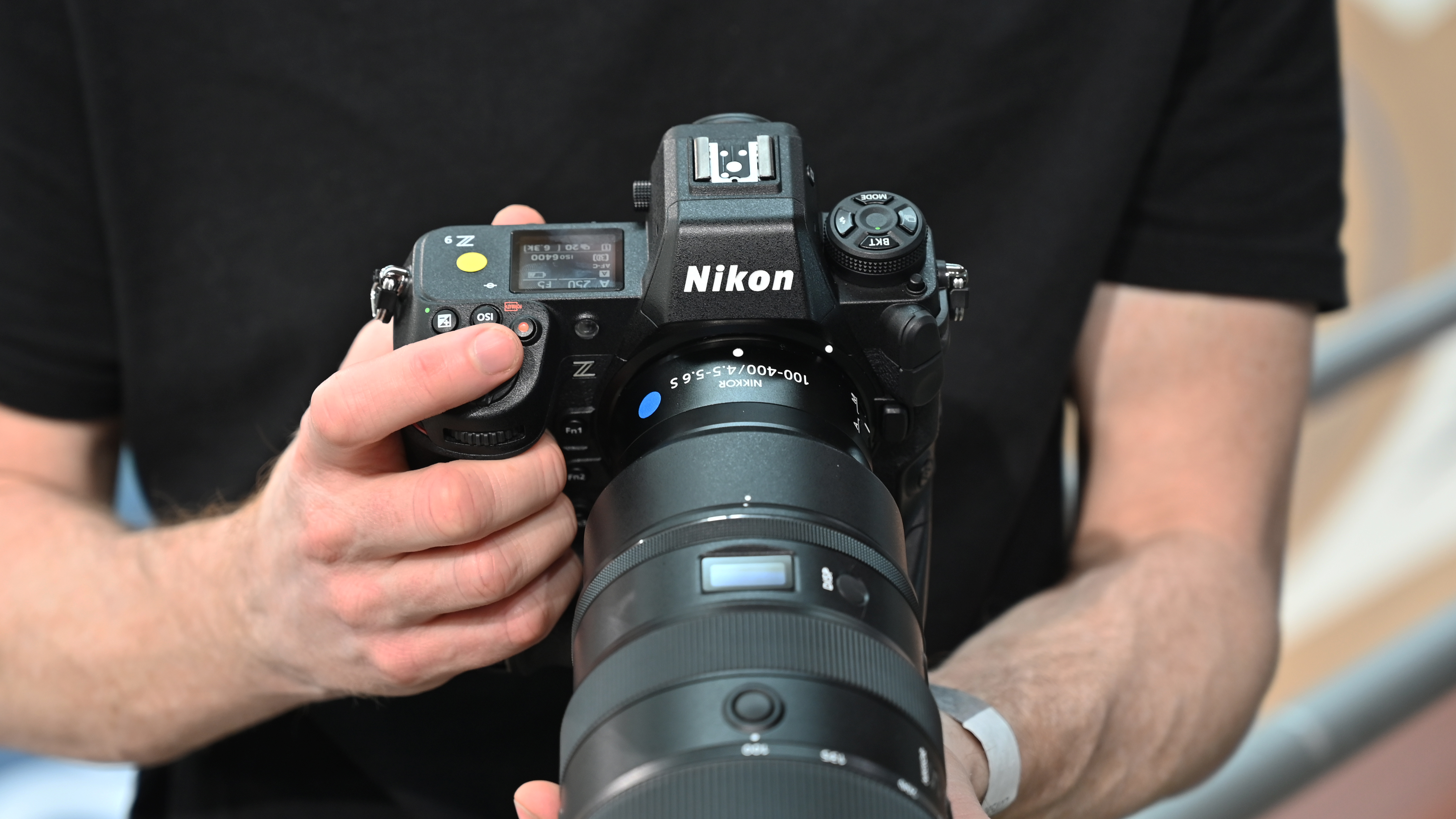
Shooting speeding objects in an indoor environment is a test for any camera, even the Nikon Z9, and while I was there I chatted to Neil Freeman, a technical guru from the Nikon School, to get some tips on getting the most out of the new flagship. So how intelligent is the latest cutting-edge autofocus on pro cameras? And has the Z9's AF sped past its flagship rivals?
As good as the latest autofocus systems are, it still takes time and practice to really get the most out of cameras like the Nikon Z9. As I discovered, they don't yet handle all of the decision-making for you – but they're certainly moving quickly ahead of their DSLR predecessors.
Autofocus unpacked
I've already tested the Nikon Z9 in action scenarios, covering football matches, runners and wildlife. But the velodrome presents a whole other challenge, with very fast moving helmet-clad subjects, in an indoor environment with dimmer light. To freeze the action and get sharp shots on your desired subject, where do you begin with AF?
Throughout the afternoon in the velodrome, I experienced several focus drops from our subject. So what gives? Camera can't cut it in low light, or user error? Well, the Z9 has a host of AF modes and it really pays to use the right ones. That might sound like common sense, but how do you know which is the right one?
Neil Freeman had been at it with the camera before our arrival. "I wouldn't use 3D AF tracking in here. It's not as effective as area tracking AF when there are similar colors in the scene. It's better when the subject stands out from its surroundings." Indeed, the yellow jersey clad cyclists and the yellow Z9 branding in the background did trick 3D subject-tracking on occasion.
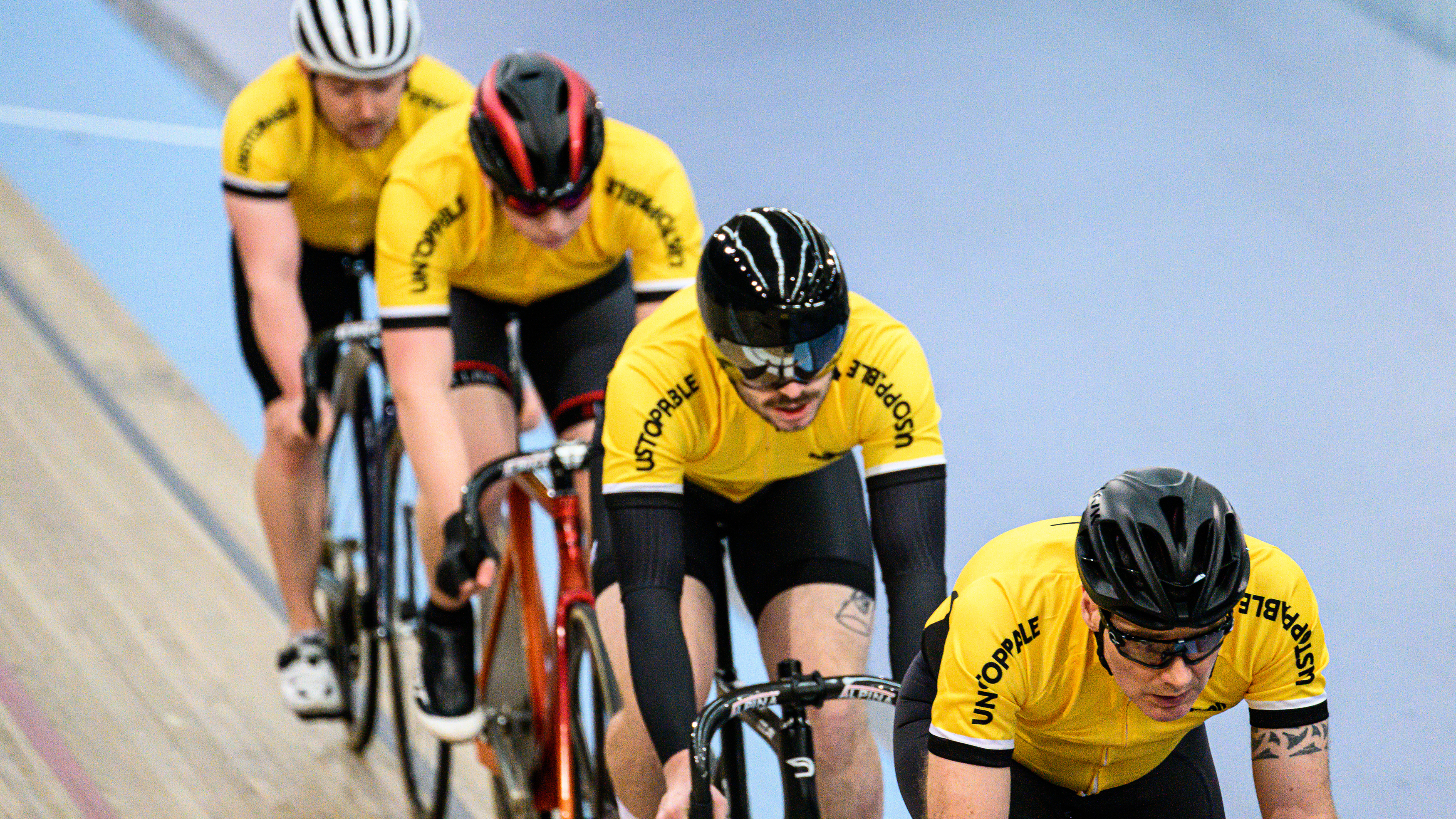
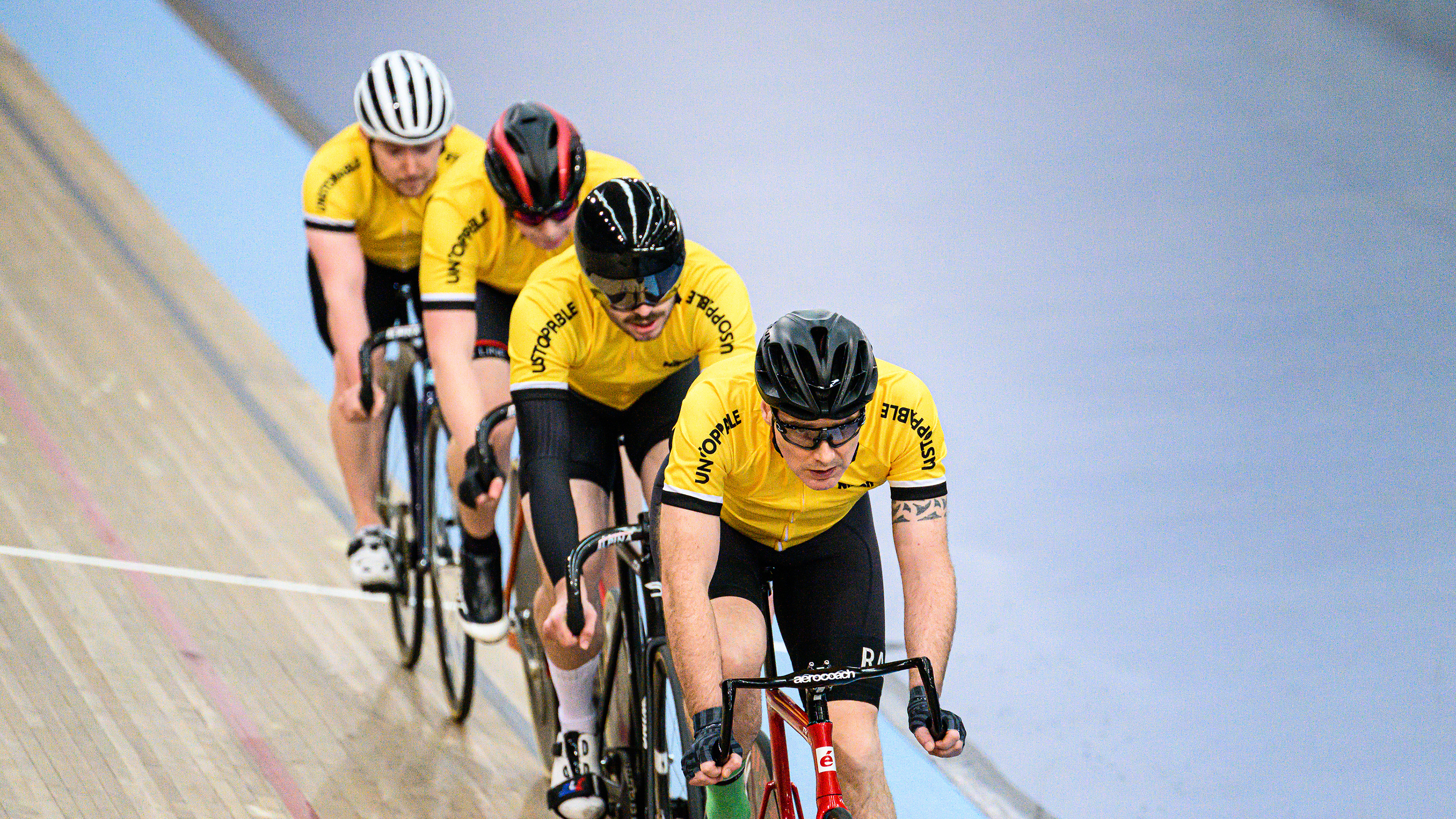
I then got to grips with the area tracking AF mode and opted for the wide area coverage, which comes in landscape format only. It didn't seem to fit quite so well with our vertically positioned cyclists. Neil revealed that the ability to change AF area orientation has been made as a suggested improvement to the Nikon Z9 via a future firmware update.
Still, with the subject locked in this area, tracking was like glue. AF subject priority offers the options of auto or manual between people, animals and vehicles. Auto is super convenient rather than having to select the subject manually, but surely it’s less effective? Well, in this scenario, not so. I tried both for the cyclists and found no discernible difference between auto detection and manual.
The end of DSLRs?
What is really impressive is how sticky subject tracking is, once a subject has been acquired, to anywhere in the frame.
In the scenario of four cyclists packed tightly together in formation, area tracking AF stuck to our lead rider all the way to the edges of the frame, even though cyclist number two took his original place in the frame. Intelligent stuff.

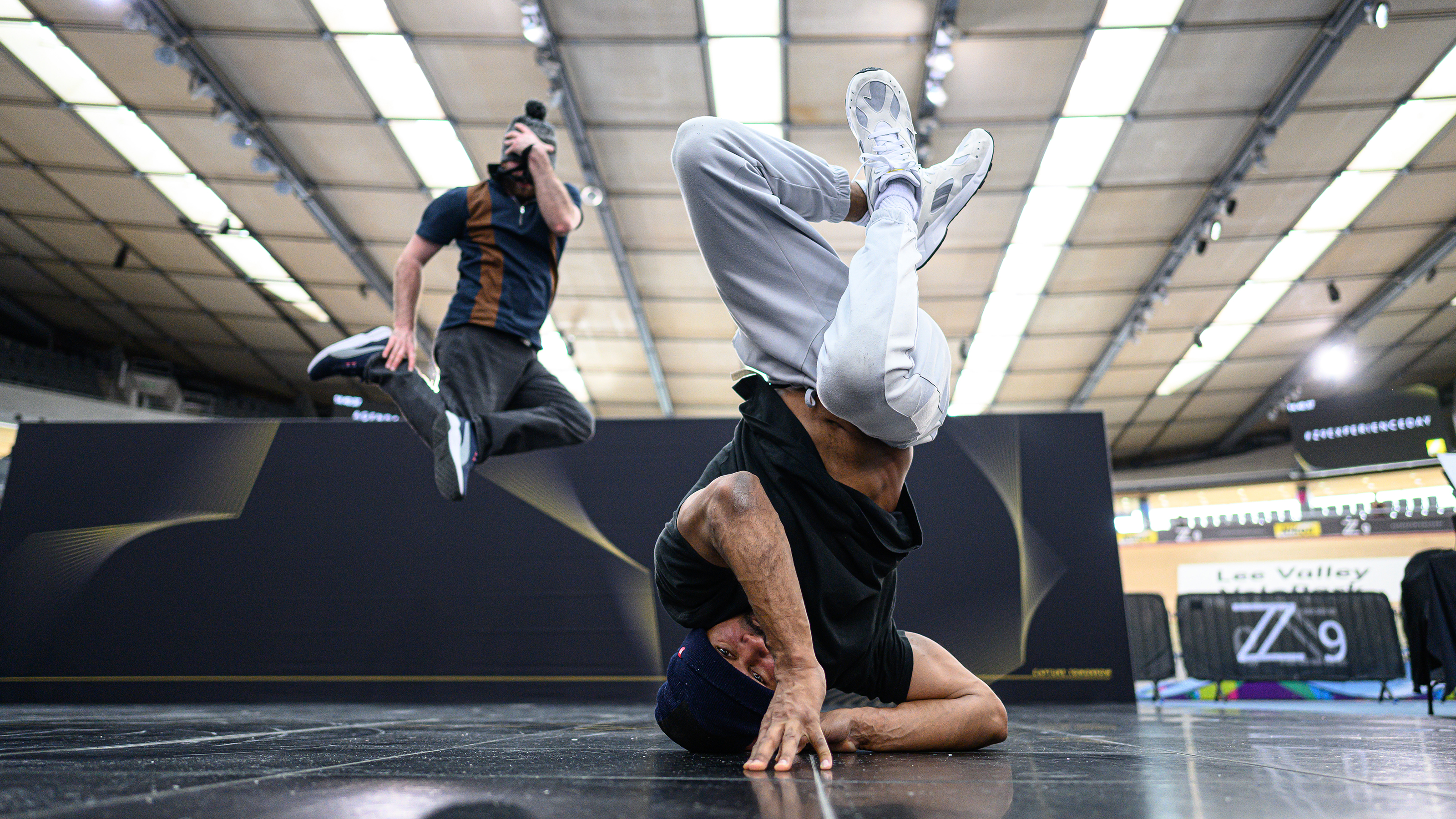
One reason that subject tracking is so comprehensive is that the Z9 has around 500 AF points that cover virtually the entire frame. It's an advantage over its DSLR counterpart the Nikon D6, which has a much narrower coverage. So is this mirrorless tech now all-round better than its DSLR forebear? Neil seems to think so, citing that it’s more intelligent in every way.
"For me, the only area that the D6 beats the Z9 is its image quality, specifically its handle on noise in low light", says Neil. Indeed, we were in a low light environment where we consistently needed to push the ISO up in the region of ISO 6400 (and beyond) in order to select a fast shutter speed to keep our subjects sharp. Image quality is still crisp, but perhaps for those that regularly shoot in low light, it's not so clear which camera would be best.
The road ahead
I still don't feel like I'm quite getting the most out of the Z9 yet and haven't tested it with the fastest lenses and critical depth of field. In this case, the entire heads of cyclists in glasses and helmets were in focus, but would there be critical sharpness on the eyes with other lenses? That's for another day, but I have every confidence that the camera can deliver across the board.
Perhaps the bigger question is 'how smart is the latest mirrorless autofocus tech'? For the Z9 to be its most effective for sharp action shots, there is a degree of combined intelligence at play, between the user and camera. The Z9 has proved to me that it's certainly intelligent, sticky and reliable even with auto subject priority, which takes the legwork out of manual subject selection.
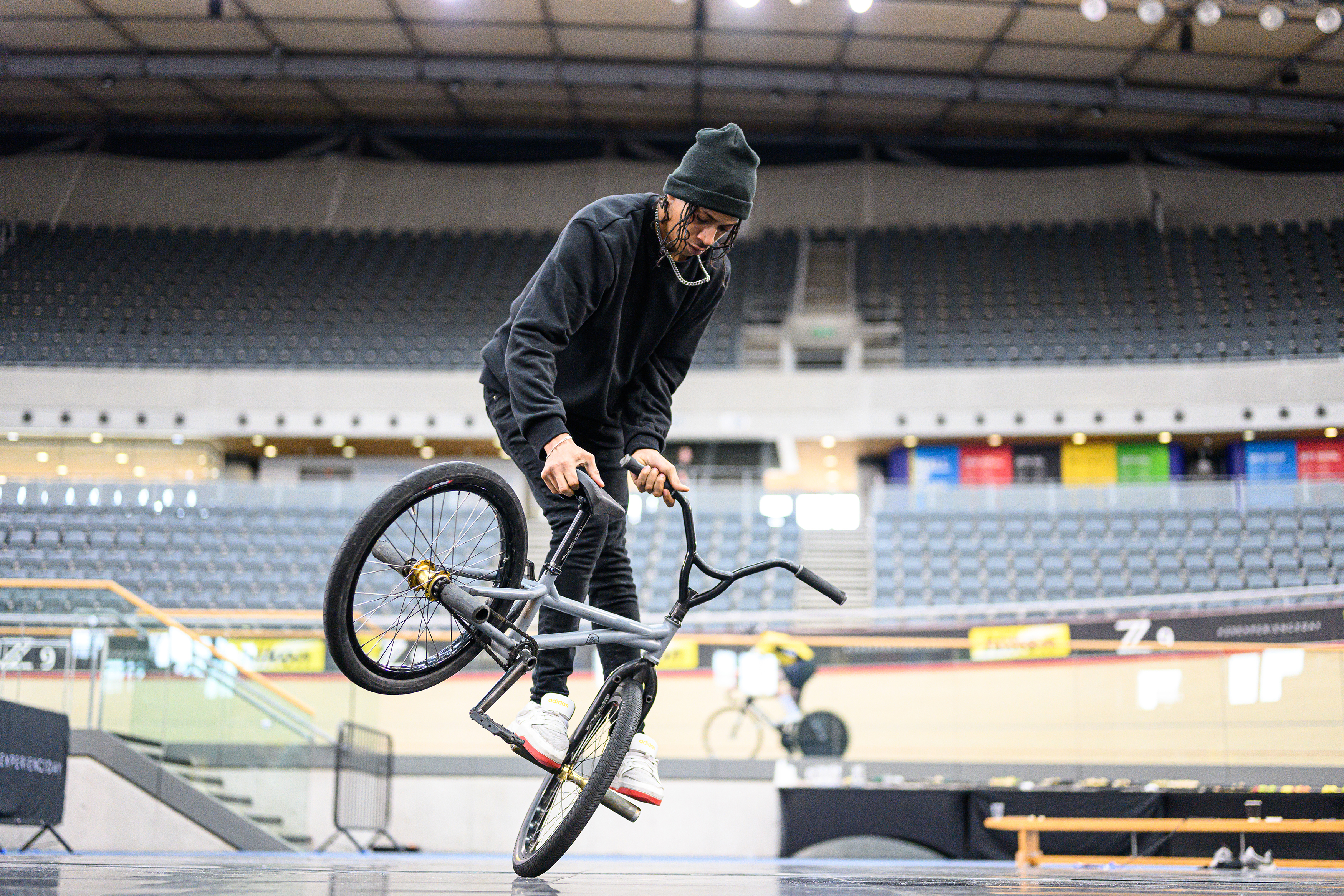
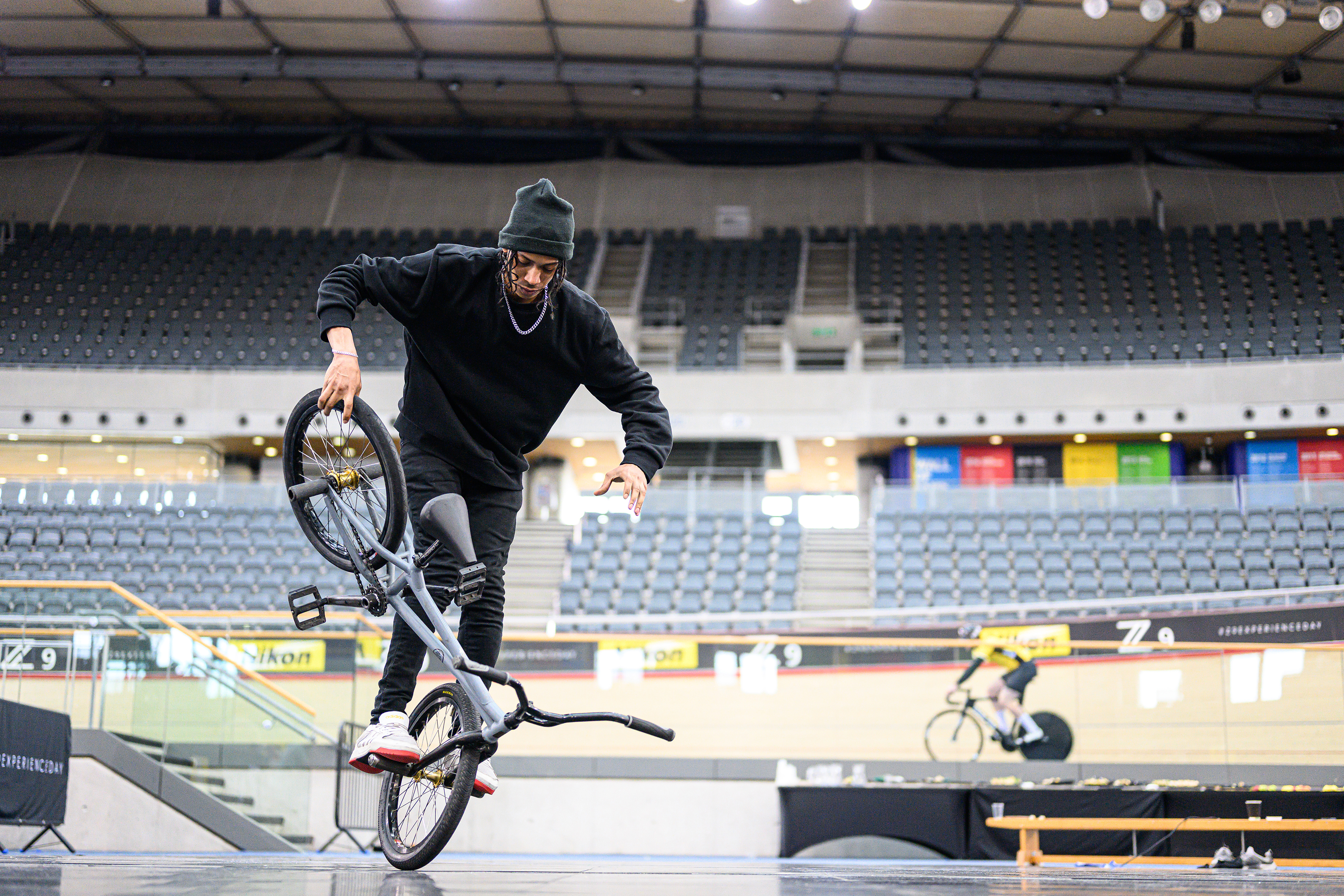
However, it sometimes needs to be in the 'correct' AF mode and there's still an element of guesswork as to which AF mode to select in the first place. To minimize those instances of focus drops, which do happen, I feel like you need to invest the time to experiment in any given scenario.
Pros use their kit extensively and get to know their cameras well, but one day there will be no guesswork at play. In the future, there'll be a single AF mode that does it all – scan for subjects and surroundings, and selects the best mode automatically. We're not quite there yet, but cameras like the Nikon Z9 are definitely moving quickly on the right track.
- Check out our guide to the best cameras for photography
from TechRadar - All the latest technology news https://ift.tt/wyEICtd
No comments:
Post a Comment